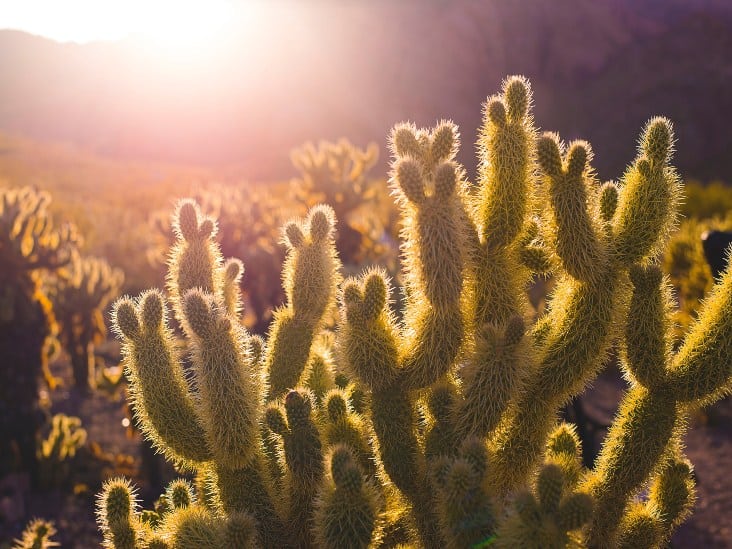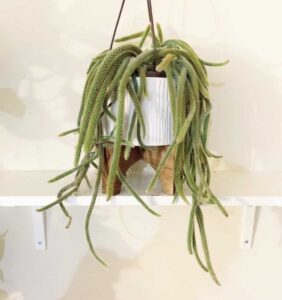When you think of a cactus, what comes to mind? Perhaps their formidable spines, their resilient nature, or maybe even the barren landscapes in which they thrive? But one critical question remains: does a cactus need sun? While many would instinctively say that cacti bask in the bright sun, the truth is more nuanced. This article will delve into the fascinating interplay between cacti and light, shedding light on how these desert inhabitants manage to survive and thrive in a world largely dominated by sunlight.
Understanding the Light Requirements of Cactus Plants
Cacti, primarily found in arid desert climates, have evolved to become adept at harnessing sunlight. However, not all cacti are created equal, and their light preferences vary significantly. While the general consensus is that cacti prefer bright, direct sunlight, a closer examination reveals a spectrum of light requirements that cater to different species and their unique environments.
The majority of cacti, particularly those native to the deserts of North America, favor full sun exposure. This means they thrive under intense, direct sunlight for most of the day. Their thick, waxy skin reflects excessive sunlight, preventing desiccation while allowing them to photosynthesize efficiently. The photosynthesis process is vital for their growth and energy, transforming sunlight into the fuel they need to flourish.
However, there are exceptions to this rule, presenting a playful challenge for both novice and seasoned cactus enthusiasts alike. Some species, including those that grow in shaded regions or at higher elevations, can actually suffer from sunburn or scorch when exposed to extreme sunlight. Symptoms can manifest as discolored patches or a sunken appearance on the cactus body, signifying that certain cacti can’t take the heat quite as well as others.
Decoding the Signals: What Your Cactus is Telling You
- One of the most fascinating aspects of cacti is their ability to communicate their light needs through their physical appearance. Learning to interpret these signals is crucial for maintaining a vibrant and healthy cactus collection.
- For example, if a cactus develops an elongated, spindly shape, it may be indicating that it is stretching toward a light source. This phenomenon, known as etiolation, occurs when a cactus does not receive sufficient light, prompting it to reach out in a desperate attempt for sun exposure. On the other hand, if you observe your cactus turning pale or developing brown spots, it could signify that it is receiving too much direct sunlight and is in danger of burning.
- Adjusting light intensity is not merely a matter of moving your cacti from one spot to another. Understanding the seasonal changes in sunlight is also important. During the summer months, direct rays can be noticeably more intense, possibly necessitating a slight relocation to a shadier area or providing a sheer curtain to filter the light. Conversely, during winter, many cacti require a bit more sun as daylight hours dwindle, and light intensity decreases.
The Ideal Light Conditions for Common Cacti Species
- A myriad of cactus species exists, each with distinct light requirements. Exploring these variations provides crucial insight for any cactus caretaker.
- Take the Saguaro cactus, for example. This iconic giant of the southwest thrives in full sun but can tolerate some shade, particularly when it is young. Conversely, the Christmas cactus prefers indirect light and is often found under the canopies of larger plants in its native environment. This diversity showcases that understanding your specific cactus species is vital in replicating its natural habitat as closely as possible.
- For cacti that prefer bright, indirect sunlight, such as the Mammillaria, positioning near a bright window with sheer curtains is ideal. Conversely, sun-loving species, like the Opuntia, truly benefit from a south-facing window that delivers an unfiltered barrage of sunbeams.
- Your watering schedule should also be harmonized with light conditions. In brighter environments, cacti may require more frequent watering, particularly during their active growing season. However, ensuring good drainage is crucial, as stagnant water can lead to rot, showcasing the delicate balance between sunlight and moisture.
Light Adaptation: Indoor vs. Outdoor Cacti
- Choosing whether to keep your cacti indoors or outdoors presents an additional layer of complexity. Indoor cacti may struggle with natural light availability, particularly in winter months when daylight is short. Consider supplementing with grow lights, which can provide additional wavelengths necessary for healthy growth.
- Outdoor cacti, while benefiting from the sun’s natural rays, can also face challenges such as extreme temperatures, pests, and wildlife. Each of these factors must be monitored closely to mitigate potential harm to your plants.
Conclusion: Finding the Perfect Balance
Understanding the light needs of cacti is both an art and a science. While many cacti flourish in bright, direct sunlight, others require more nuanced care. By paying close attention to their growth patterns and adjusting their environment accordingly, cactus enthusiasts can ensure their spiky companions thrive. Remember, it’s always a balance. Too little or too much light can pose significant challenges, but with observation and knowledge, you can create the ideal environment for your cacti to flourish.




Leave a Comment